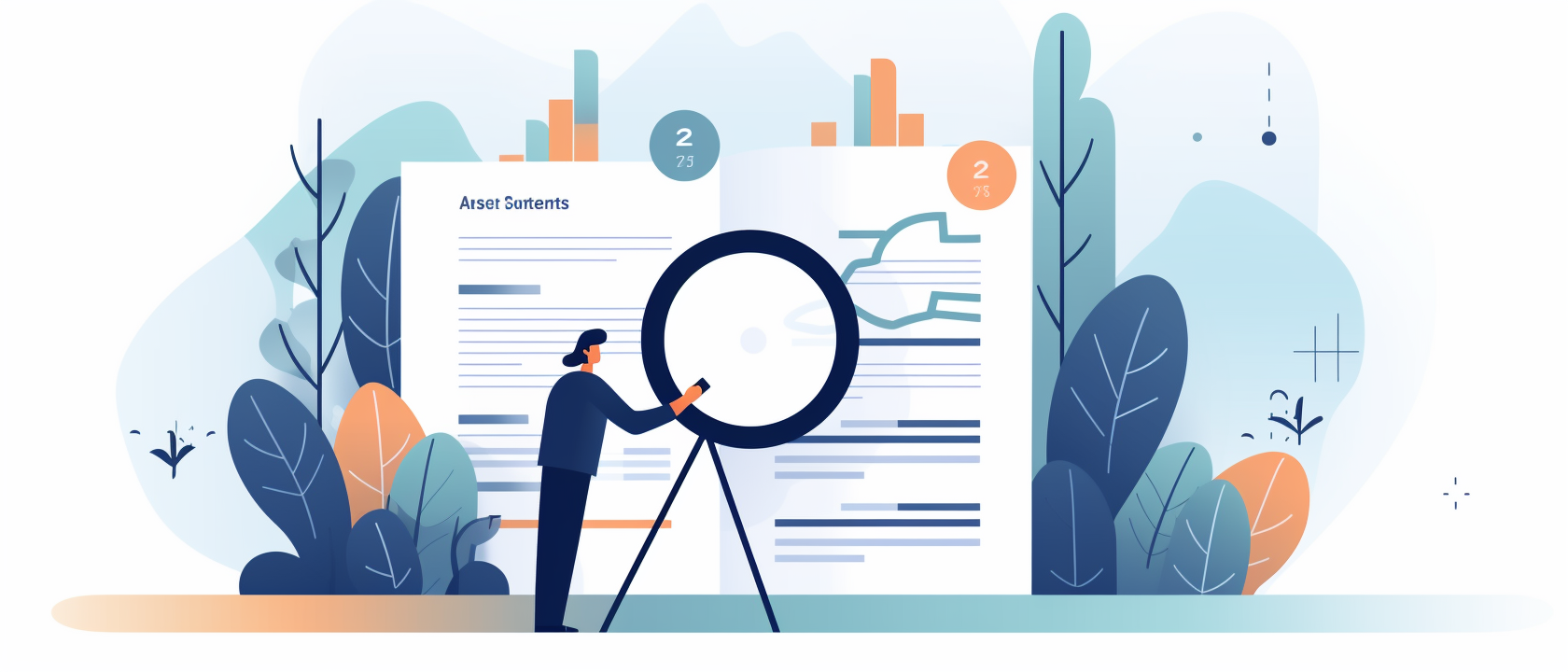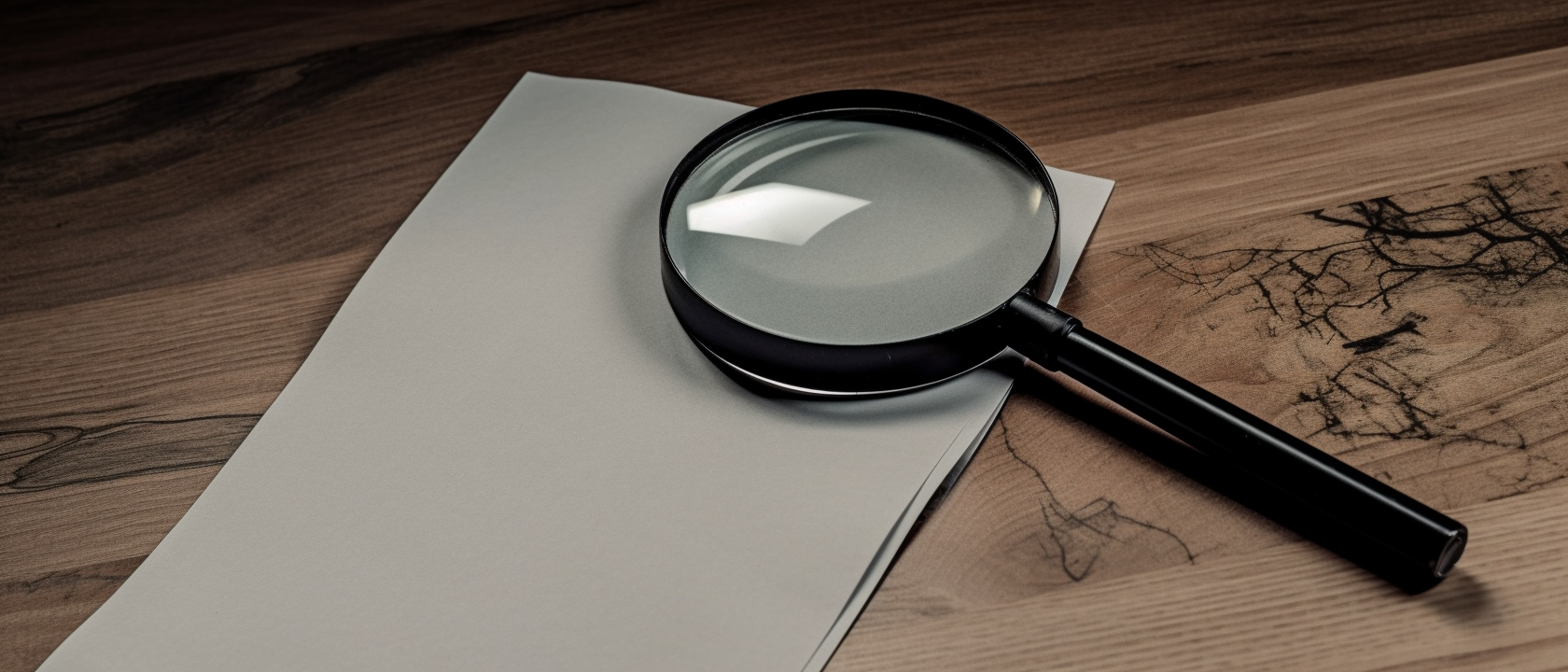
Table of Contents
- Credit Utilization Explained: Your credit utilization ratio is a key factor in your credit score, representing the amount of available credit you use at any given time.
- Calculation Clarity: Calculate credit utilization by dividing the total outstanding balance by your total credit limit, then multiply by 100 to get a percentage.
- Impact on Credit Scores: A lower credit utilization ratio can significantly improve your credit score, while a higher ratio may indicate risk to lenders and potentially harm your credit standing.
- Optimization Strategies: Keeping credit utilization below 30%, paying down balances, and monitoring your credit limits are effective ways to manage your ratio.
- Regular Review: Consistently monitoring and managing credit utilization can improve credit scores and better financial opportunities.
Unlocking Credit Utilization: A Primer
Credit utilization is one of the more important metrics for finance. Simply, it measures the amount of available credit you are using at any given moment against the total credit extended to you by lenders. The ratio is a reflection of your financial management skills and is usually a decisive factor that lenders and credit bureaus scrutinize to judge your creditworthiness.
Understanding The Ratio’s Relevance
A high utilization rate can signal to potential lenders that you’re over-reliant on credit, possibly leading to tighter borrowing constraints or higher interest rates. This contrasts to a low utilization ratio, which suggests a disciplined borrowing behavior, making you a less risky borrower. This balance is why understanding and managing credit utilization is important.
There’s a fine line between accessible credit and debt, especially for those new to credit products. Maintaining a healthy credit utilization rate is about optimizing your financial potential. You need to recognize that this ratio carries a weighting in your credit score as well, so individuals should take proactive steps to boost their financial resilience. If you understand what credit utilization is and the impact it has on your financial profile, you can navigate credit products with more confidence.
Monitor your credit with DollarGeek
It’s never been so simple.
Calculating The Credit Utilization Ratio
To calculate your credit utilization ratio, simply divide your outstanding credit balances by your total credit limits and then multiply by 100 to get a percentage. For example, if you have a total balance of $2,000 across all your credit balances and a total limit of $10,000, your credit utilization ratio is 20%. This figure tells lenders how responsibly you manage your credit, which can affect your credit score – generally, the lower the ratio, the better.
The Power Of Low Credit Utilization
Maintaining a low credit utilization ratio is a strategic move for anyone looking to optimize their credit score. Credit-scoring models such as FICO heavily weigh this ratio, viewing it as a key credit risk indicator. A lower ratio suggests to creditors that you’re well within your means, using a small portion of the credit available, which can lead to better interest rates and more favorable lending terms.
For optimal credit scores, financial experts recommend keeping your credit utilization below 30%. This threshold is viewed favorably by lenders and can contribute to a higher credit score. Moreover, a low credit utilization ratio can be a buffer against financial emergencies as if an unexpected expense does come up, and you have the available credit to manage it without maxing out your cards.
Strategies For Healthy Credit Utilization
Maintaining a healthy credit utilization is important to boost your credit score. Here are a few strategies to implement:
- Pay Balances Promptly and Regularly: Aim to pay your balances in full each month or at least keep them well below 30% of your limits. If you cannot pay in full, try to pay more than the minimum due to reduce your total debt more quickly.
- Increase Your Credit Limits: If you have a good payment history, consider asking for a credit limit increase. This can instantly lower your credit utilization rate if you don’t increase your spending.
- Spread Out Your Charges: Use multiple cards to distribute your charges, which can help manage the utilization rate on each card, especially if some have lower limits.
- Regular Monitoring: Monitor your card balances and adjust your spending if you approach your ideal utilization rate. Set up alerts with your credit card issuer to inform you when you’re nearing your set limit.
By following some of these strategies, you can actively manage your credit and present yourself as a lower-risk borrower to potential lenders, which may lead to better borrowing terms and interest rates.
For Novice Readers: Understanding And Managing Your Utilization
Financial management can be overwhelming for newcomers. Credit utilization is a term that comes up often, and understanding it is important to maintain a healthy financial profile. Let’s break it down below.
The ABCs Of Credit Utilization
Credit utilization is like having a pie that represents your total credit limit, where credit utilization is the slice of the pie that you’ve eaten (or borrowed). This number accounts for a significant portion of your credit score, as noted above. For beginners, just know that the lower the credit utilization, the better. So, if you have a credit card with a $10,000 limit, it’s wise to keep your balance much lower than that cap – ideally under 30%, so no more than $3,000 at a time. Try to pay off credit card balances in full if you can.
Keeping A Watchful Eye: Monitoring Utilization
Monitoring your credit utilization is an ongoing process requiring regular check-ins. You should review your credit card statements each month to see how much of your available credit you’re using. Many credit card issuers also provide online tools and apps to track your spending and utilization in real-time. Setting up alerts can also allow you to adjust your spending before you hit high utilization levels. For those new to credit, this practice can help keep utilization low and also build the habit of mindful spending and responsible credit management.
Credit Utilization’s Impact On Your Credit Score
Your credit score is like a financial report card, and credit utilization is one of the key subjects. Think of it like a volume knob – the higher your utilization, the more it turns down your score.
This is why high credit utilization signals to lenders you rely on credit, which can be interpreted as a sign of financial distress or poor money management. Credit scoring models are designed to predict risk, and reliance on credit could imply you’re at a higher risk of default.
For example, if your credit card is maxed out, credit bureaus might conclude you’re overextended and may not be able to handle more credit responsibly. This can cause your credit score to dip. To maintain a credit score that shows financial stability, simply keep your utilization low – less than 30% if you can.
Dispelling Credit Utilization Myths
There are many myths about credit utilization, especially if you’re new to credit management. One common fallacy is that carrying a small credit card balance improves your score. You don’t need to incur debt to build credit, paying off balances in full each month can actually boost your score.
Another misconception is that all types of credit balances affect your score equally. However, credit cards tend to have a more immediate impact on your utilization rate compared to things like installment loans. And while it’s rumored that asking for higher credit limits can hurt your score, if done properly, it can actually lower your utilization ratio and potentially improve your credit score. Just don’t make multiple requests in a short time frame.
Proactive Steps To Manage High Utilization
Navigating a higher utilization ratio requires some strategy. Start by prioritizing debt repayment, focusing on cards with the highest utilization rates first. Consider transferring your balances to a lower-interest card or a card with a higher limit to consolidate and reduce your utilization.
If possible, pay more than once a month to lower balances steadily over the billing cycle. And don’t close old accounts even if they’re paid off, as this could unintentionally hike your overall utilization. Lastly, if your financial situation allows, ask for an increase in your credit limits – but only if you trust yourself not to spend more.
These steps, if done diligently, can manage and eventually lower your credit utilization, leading to a healthier credit score.
Frequently Asked Questions (FAQs)
What exactly is credit utilization?
Credit utilization is the percentage of your available credit that you’re currently using. It’s a critical factor in your credit score, indicating how much of your available credit limits you’re tapping into at any given time.
How do I calculate my credit utilization ratio?
To calculate your credit utilization ratio, divide the total balance owed on all credit cards by the total of your credit limits on those cards, then multiply by 100 to get a percentage.
Why does credit utilization matter for my credit score?
Credit utilization matters because it accounts for a significant portion of your credit score. High utilization can suggest you’re over-reliant on credit, potentially making you a higher risk for lenders.
What is considered a good credit utilization rate?
A good credit utilization rate is generally 30% or less. Keeping your utilization below this threshold signals to creditors that you’re using credit responsibly.
How can I lower my credit utilization ratio quickly?
To lower your utilization quickly, you can pay down existing balances, spread your charges across multiple cards, or increase your credit limits—though this requires careful spending management to avoid further debt.
Can I still have a good credit score with high credit utilization?
While it’s possible to have a decent score with high utilization, it’s less likely because utilization is a major factor in score calculations. Lowering your utilization is a sure way to improve your credit score.
Does credit utilization affect all debts?
Credit utilization primarily affects revolving debts like credit cards. Installment loans, like auto loans or student loans, have a less direct impact on your utilization rate but are still important for your overall credit profile.
Find out more
- Elevating Your Credit Score – Essential insights into the factors that shape your credit score.
- Goal-Setting for Credit Excellence – Define your credit goals and learn how to reach them.
- Essential Credit Monitoring – Stay ahead with our guide to effective credit monitoring.
- The Journey of Credit Repair – Navigate the path of improving your credit with confidence.
- Understanding Credit Score Ranges – Get clarity on credit score ranges and their meanings.
- Financial Planning for Credit Repair – Comprehensive guide to the costs involved in credit repair.
- Updating Your Credit Report – How to ensure your credit report reflects your latest information.
- Making the Right Choice for Credit Repair – A guide to evaluating and selecting the best credit repair service for your needs.










